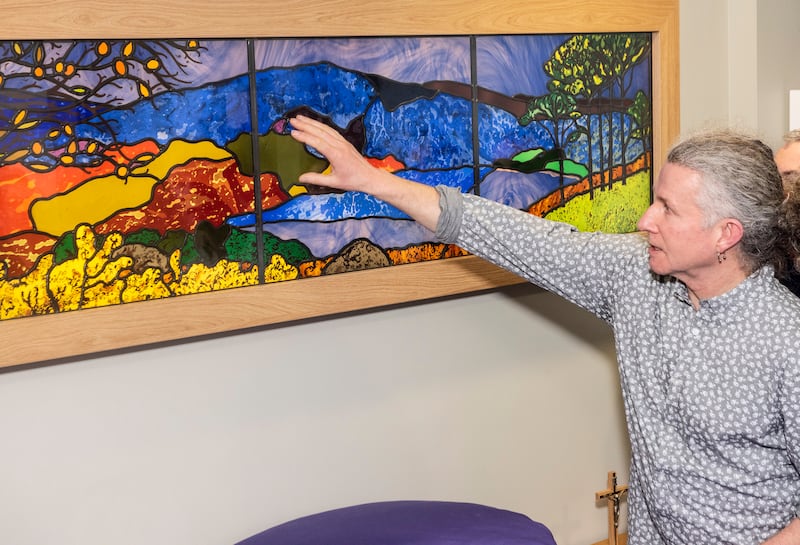Arriving in a busy hospital to be told that your father, mother, partner, sister, brother, daughter or son has just died is something someone never, ever forgets.
In fact, many of us remember the furnishing in the room where the sad news was broken, how the doctor was dressed, or what – if any – paintings or prints hung on the wall.
Similarly, the decor and design of rooms where families can spend time with a terminally-ill parent, sibling or offspring can impact on the experience for better or for worse and the subsequent grief following the death.
In 2010, the Irish Hospice Foundation (IHF) developed the Design & Dignity programme to specifically address the lack of comfortable spaces for families to spend time in when visiting a terminally ill patient in an acute hospital.
"The majority of people die in an acute hospital in Ireland and we wanted acute hospitals to embrace end-of-life care. Acute hospitals are all about treating and curing people so sometimes there can be a sense of failure amongst staff when a patient dies," says Mary Lovegrove, the coordinator of the Design & Dignity programme at the IHF.
“When we first started to look at what was there, we found that there was a lack of spaces for families to gather – particularly in emergency departments. People are very exposed in these situations and it’s very traumatic to receive bad news on a hospital corridor,” she adds.
The recent media exposure of the cramped, noisy and smelly conditions at Waterford University Hospital’s mortuary has further highlighted the distress caused to families when such facilities are not well maintained.
“Most mortuaries in Ireland were built 50 years ago and in hospital budgets, there is always a higher priority than the mortuary but we’ve just started a national mortuaries campaign to tackle their renovation to Design & Dignity standards. We believe there are about 20 that need to be upgraded,” says Sharon Foley, chief executive of the IHF.
Sense of dignity
She says that people need a sense of dignity, peace, calm and even beauty at these times but that many spaces had the opposite effect. “Often people won’t talk about these things afterwards because it’s too difficult to discuss,” she says.

Run in conjunction with the HSE, the Design & Dignity programme provides a grant to acute hospitals to create dedicated rooms for families of terminally ill patients and renovate mortuaries. “Many hospitals have storage rooms that can be renovated for family rooms with a bed sofa, a kitchenette, a shower and art on the walls. One palliative care nurse even gave up her office to be redesigned as a family room,” says Lovegrove. Of the 41 projects started since 2010, 28 have been completed to date.
The Mater University Hospital in Dublin has a family room that adjoins the patient's room yet has direct access so family members can come and go as they please. Tallaght Hospital has recently renovated a family room for relatives of terminally ill patients.
Staff and families have responded very positively to the addition of these facilities in acute hospitals, according to Lovegrove.
“One family said that the room brought the family back together again. Staff initially felt that these rooms would mean that they would have to look after the families as well as the patients but, in fact, the opposite is the case, families look after themselves and become less of a burden on staff when they have a place to retreat to,” she says.










